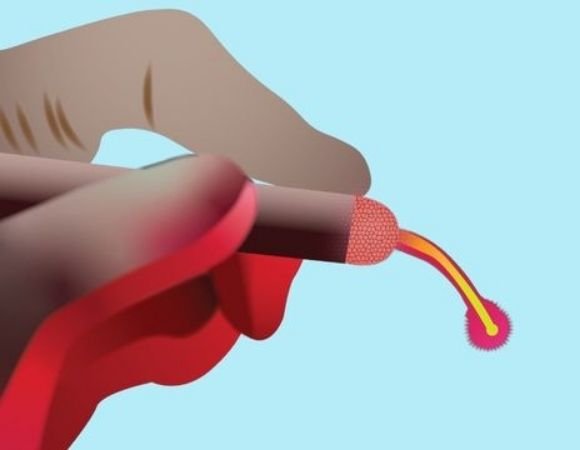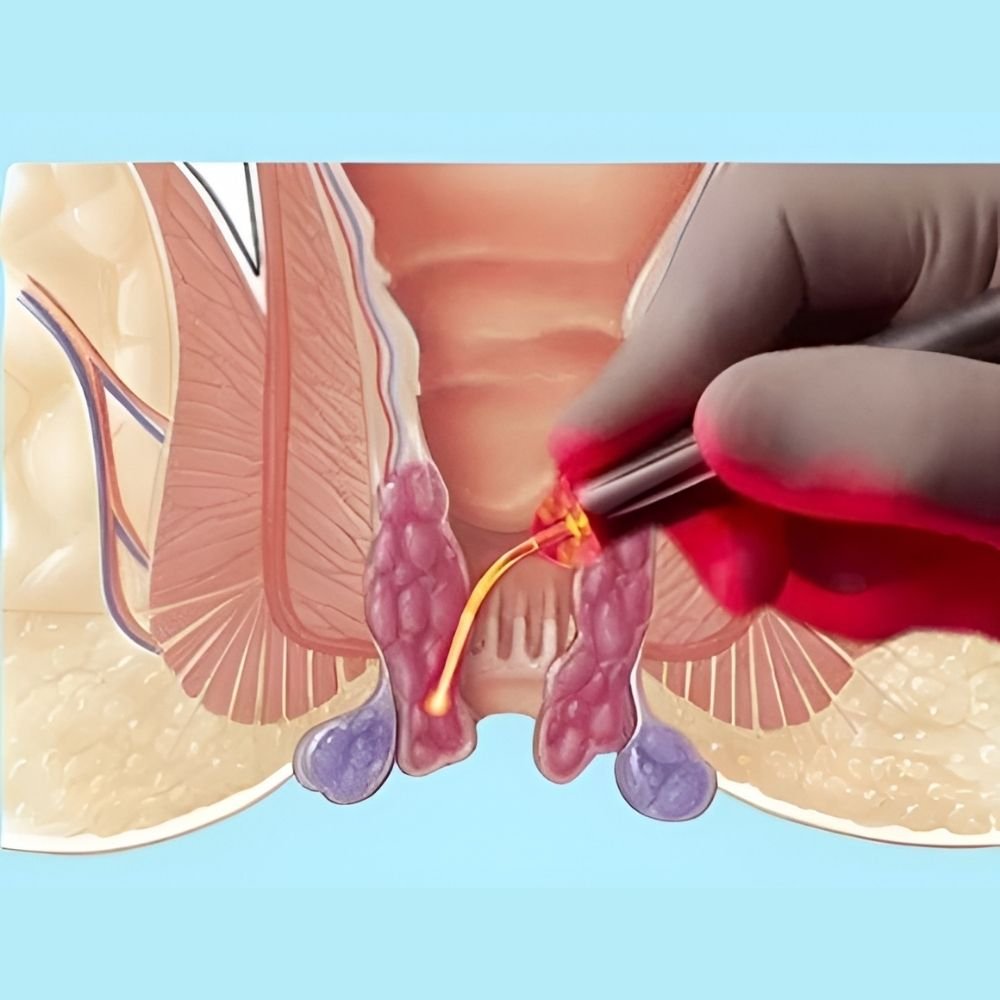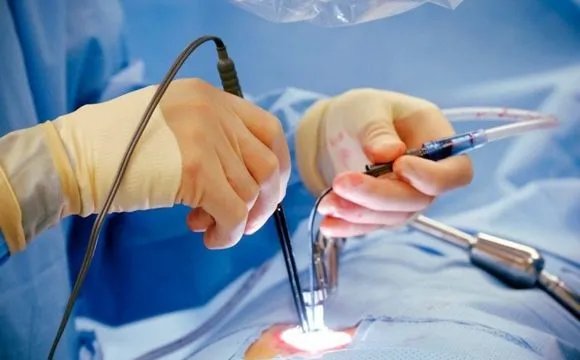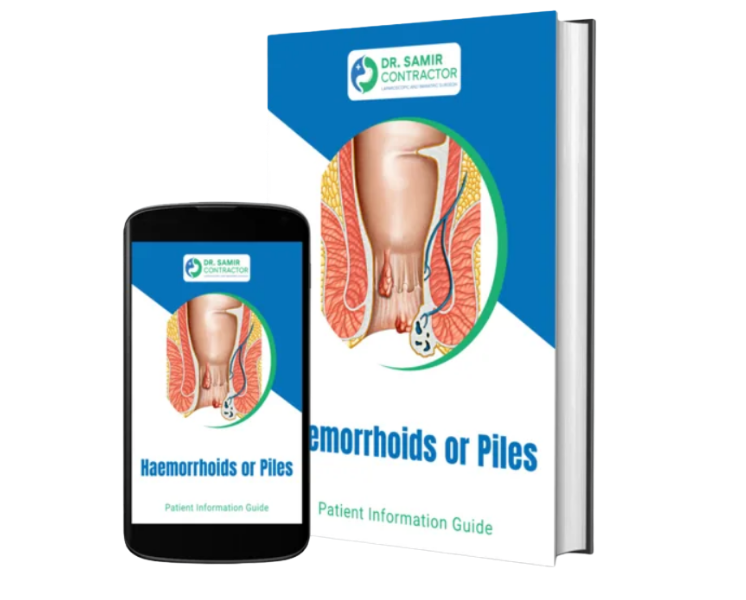 Book Appointment
Book Appointment
Living with anorectal conditions such as piles (hemorrhoids), fissure-in-ano, anal fistula, or pilonidal sinus can be uncomfortable, painful, and emotionally distressing. Many patients delay seeking help due to embarrassment or fear of traditional surgery. Thankfully, laser surgery has revolutionized the treatment of these sensitive conditions, offering minimally invasive, safe, and highly effective options with quicker recovery.
At our surgical center, with over 25 years of experience and more than 8,000 laparoscopic and 400 advanced anorectal surgeries, we specialize in modern laser techniques. Our patient-first philosophy ensures you receive not just treatment for the disease but holistic care to restore your comfort, dignity, and quality of life.
Learn about symptoms, causes, and why early diagnosis matters.

Laser (Light Amplification by Stimulated Emission of Radiation) surgery uses highly focused energy beams to cut, seal, or shrink tissue with extreme precision.
While laser techniques (FiLaC – Fistula Laser Closure) are promoted as minimally invasive solutions, international studies and long-term outcomes show mixed results.

A clear guide to help you understand the process from evaluation to recovery.

While laser is safe and effective, patients should be aware:
